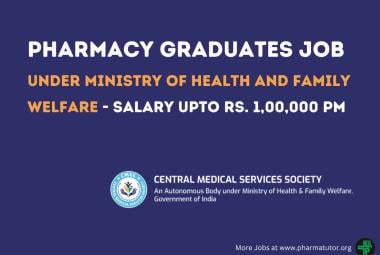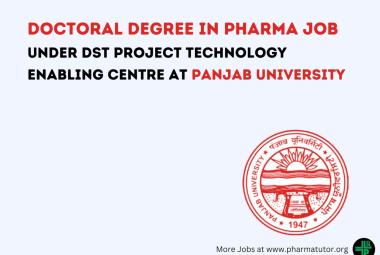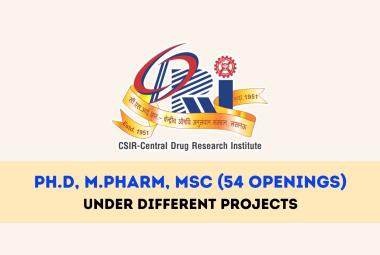REVIEW ON ONCOLYTIC VIRUS
 ABOUT AUTHORS
ABOUT AUTHORS
Ashwini Dhusiya, Ritu Mahajan,
Mahakal Inatitute of Pharmaceutical Studies, ujjain
Madhya Pradesh.
*ashwinidhusiya@gmail.com
ABSTRACT
Oncolytic virus is a wonderful discovery of 21st century. The basic concept of Oncolytic virus was developed since 1946 but it was not produce its effect properly. Now latest technology and modern biotechnology introduce a very efficient Oncolytic virus. This is a genetically modified virus that can treat various type of cancer with fewer side effects than other treatment of cancer. It follows different mechanism of killing tumor by specifically replication; induction of tissue necrosis factor; activation of immunity and treat incurable cancer even in metastatic stage of cancer so it is also effective in leukemia. Oncolytic virus therapy is undergoing in clinical trial and shows better results.
This article covers brief knowledge of cancer, Virus and Oncolytic virus. It is helpful to understand history, mechanism, benefits and clinical data of Oncolytic virus. And a summary of marketed product ready to launch in near future.



 ABOUT AUTHORS
ABOUT AUTHORS About Author:
About Author:








.png)


